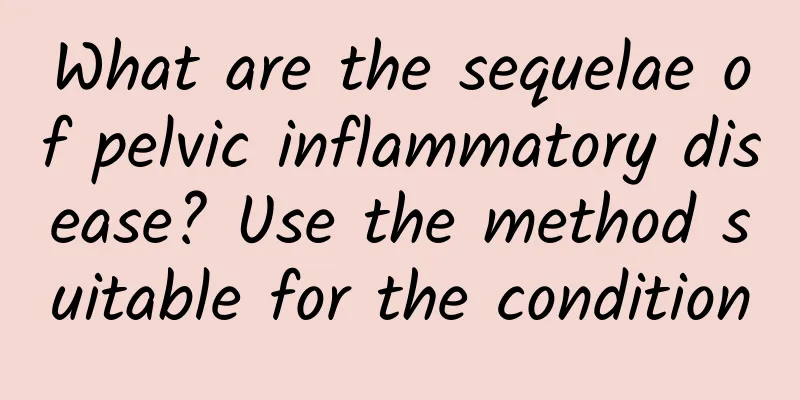The role of curettage in the diagnosis of functional uterine bleeding

|
Diagnostic curettage is abbreviated as diagnostic curettage. Its main purpose is to perform pathological examination on the scraped endometrium to make a clear diagnosis and guide treatment. It is simple to operate, economical and reliable, and has always been an important method and treatment for diagnosing functional uterine bleeding that gynecologists highly recommend. Diagnostic curettage is mainly suitable for young women. Since curettage can understand the morphology of the endometrium, for a very small number of patients who cannot stop bleeding on schedule after the use of sex hormones and functional uterine bleeding in the menopausal transition period, in order to expel organic lesions in the uterus, segmented full curettage must be performed to make a clear diagnosis. At the same time, curettage can also achieve the therapeutic purpose of stopping bleeding. The specific method of rash scraping is as follows: (1) After urination, take the lithotomy position, disinfect the vulva and vagina routinely, and lay a drape. Perform a bimanual examination to understand the size and inclination of the uterus. Use a vaginal speculum to dilate the vagina, expose the cervix, and disinfect the cervix and cervical canal. Clamp the anterior lip of the cervix and use a uterine probe to measure the depth of the uterine cavity along the direction of the uterus. If the cervix is tight, use a cervical dilator to dilate it to the number that the curette can enter. (2) Place a piece of wet gauze on the posterior fornix and use a scraper to scrape the cervix from the inside to the outside in a circle. Remove the gauze and place all the scraped tissue on it into a small bottle of formalin solution and fix it. Mark it. (3) Place a piece of wet gauze on the posterior fornix and use a scraper to scrape from the fundus to the internal os, paying special attention to scraping the fundus and the corners on both sides of the uterus. Finally, remove the gauze, place all the scraped tissues in another bottle, mark them, and send them together with the previous bottle for inspection. (4) Remove the cervical clamp. If there is bleeding at the clamping site, use gauze with a tail to stop the bleeding, and then remove the vaginal speculum. Tips: Precautions for rash scraping (1) Infertile patients should undergo curettage before menstruation or within 12 hours of menstruation to determine ovarian function. (2) The uterus of elderly patients is often atrophied, so be especially careful when operating to avoid perforation. (3) Diagnostic curettage is one of the reliable methods for diagnosing functional uterine bleeding, but it is an invasive examination and may increase the chance of retrograde infection, so antibacterial drugs are used after surgery. |
<<: How is anovulatory dysfunctional uterine bleeding diagnosed?
>>: What does Western medicine believe is the cause and pathology of functional uterine bleeding?
Recommend
Are you doing the right thing to lose weight? 5 misconceptions that you must know!
The Internet is full of information, but it is fu...
To lose weight, you must nourish your spleen first, decoction therapy is the new trend! Traditional Chinese Medicine: Drink Rosemary Soup to Benefit the Spleen
"What should I eat to lose weight?" Thi...
Yam and oatmeal help you lose weight! Low GI starch is safe
Many people who are trying to lose weight have a ...
A brief discussion on the treatment of vaginitis
Vaginitis is a common disease among women. Althou...
Symptoms and treatments of uterine polyps Know these to understand uterine polyps
Uterine polyps are a common gynecological disease...
How do we diagnose cervicitis?
How should we diagnose cervicitis? I believe many...
Unscientific female vulva cleaning can lead to the cause of adnexitis
Since many women do not know much about the cause...
How much does a painless abortion surgery cost in Beijing?
Pregnancy is both a good thing and a bad thing fo...
Hot-selling dragon fruit "Taipei Hope Plaza" starts selling this weekend
To promote the hot-selling agricultural products ...
What is the standard for cure of endometrial tuberculosis?
Surgical treatment is currently the main method f...
What are the causes of uterine fibroids?
What factors are related to the causes of uterine...
Cost of treating bacterial vaginosis
How much does it cost to treat bacterial vaginosi...
Life expectancy for severe cervical precancer
Cervical precancerous lesions are highly aggressi...
Do I need to take long-term medication for cervical precancerous lesions?
Cervical precancerous lesions are a disease that ...
Complications caused by cervicitis
If cervicitis is not treated promptly, it may lea...









